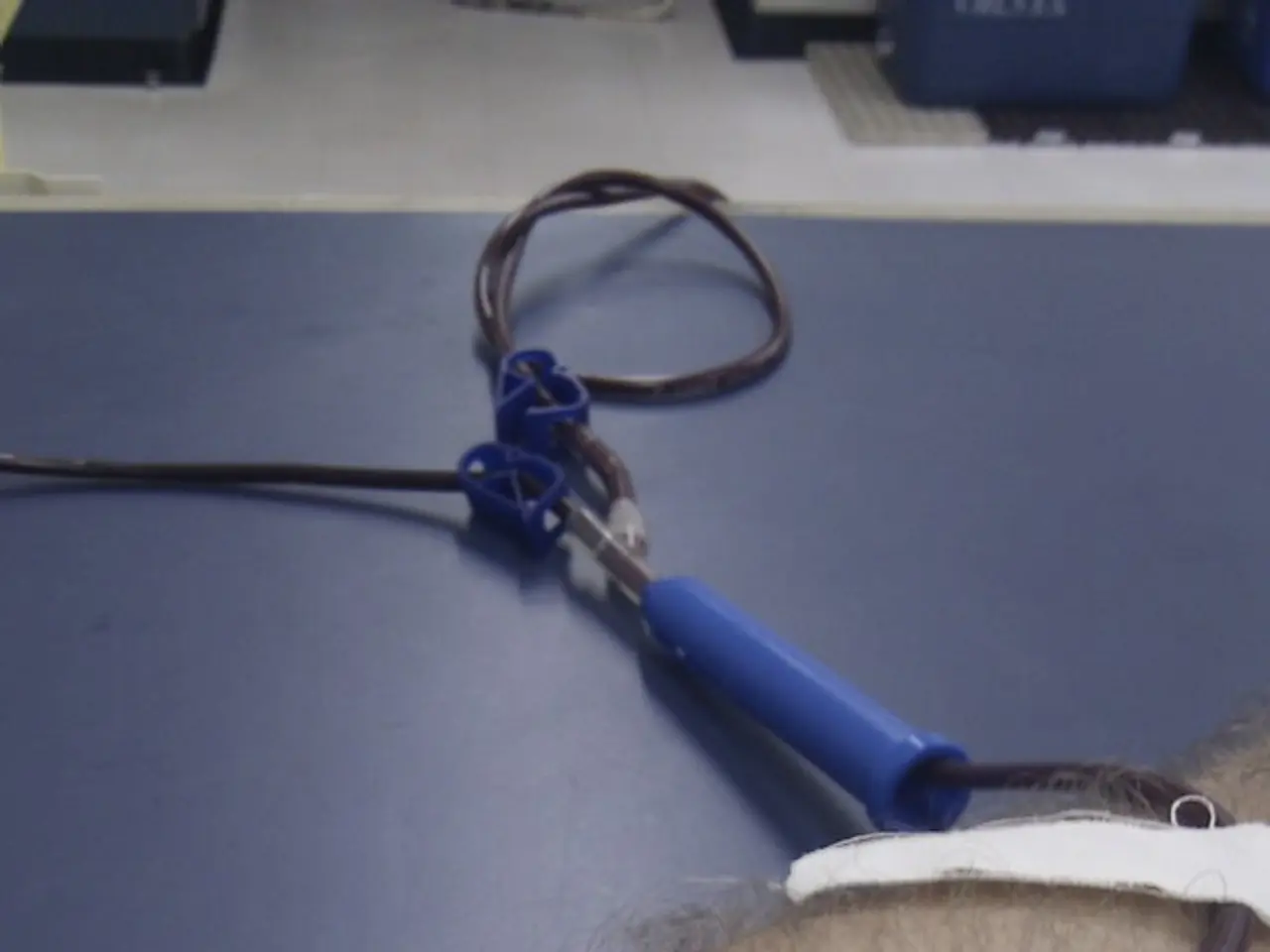Intra-cardiac fragmented port catheters extracted through endovascular means due to Pinch off syndrome: Case study of 3 patients
Port catheters, commonly used in hematology and oncology clinics for administering chemotherapy, are essential medical devices. However, like any medical instrument, they can sometimes present complications, one of which is Pinch-off Syndrome (POS).
POS is a rare but serious complication that occurs in approximately 1% of patients with a port catheter. This condition arises due to the narrow space between the clavicle and the first rib, leading to mechanical compression and shearing forces on the catheter.
Symptoms of POS can include pain, swelling, or difficulty using the port. More severe symptoms might involve chest pain, shortness of breath, fever, chills, redness, swelling, or pain around the catheter site, cardiac arrhythmia, and severe pain due to vascular damage.
Diagnosis of catheter fractures due to POS is typically made through imaging techniques such as chest X-rays, fluoroscopy, and thoracic computerized tomography (CT). In the event of a fracture, treatment may require emergency surgery to remove the fractured catheter pieces and repair any damaged tissues. Antibiotics may be administered if an infection is present, and supportive care will be provided to manage symptoms like pain and fever.
Prevention strategies for POS include preferring internal jugular vein access over the subclavian vein or placing the subclavian entry point laterally in the costoclavicular space if the internal jugular vein is not an option. Regular imaging is also crucial to detect POS symptoms early in the postprocedure period.
While the present study discusses three cases of grade 3 POS and endovascular management of this life-threatening complication, it's essential to note that other complications can arise during the insertion of port catheters, such as pneumothorax, hemothorax, misplacement of the catheter, and catheter dislodging from the vein and being placed in the corresponding hemithorax.
It's also crucial to remember that POS is just one of the potential complications associated with port catheter fractures. Other conditions, such as Superior vena cava (SVC) syndrome, can lead to significant morbidity and mortality.
Always consult medical professionals for specific diagnoses and treatments related to port catheters and their complications. If you suspect POS or any other complications, seek immediate medical attention.
- In the realm of science and medical-conditions, chronic-diseases like chronic-kidney-disease may require therapies-and-treatments that involve the use of port catheters for administering chemotherapy.
- Imaging techniques such as chest X-rays, fluoroscopy, and thoracic computerized tomography (CT) can aid in the diagnosis of catheter fractures resulting from Pinch-off Syndrome (POS), a rare yet serious complication associated with port catheters.
- Preventative measures for POS can include adopting internal jugular vein access over the subclavian vein, or placing the subclavian entry point laterally in the costoclavicular space, as well as regular imaging to detect symptoms early in the postprocedure period, contributing significantly to health-and-wellness and reducing the risk of complications.




